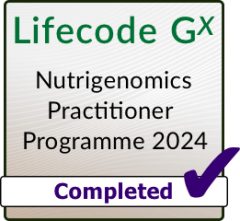Reference Number: 136
Year: 2015
Link: Link to original paper
Flavour: Alcohols | Aldehydes>Esters | Ketones
Summary
Summary
Bread is one of the most widely consumed foods in the world. Among the different properties that define its quality, the aroma of bread is considered essential to its approval by consumers. Knowing what the compounds found in bread are, as well as the most important ones in crumb and crust, and understanding their biological sources and how they affect the final aroma of bread, could make it possible to modify the steps of bread manufacturing in order to enhance those with a positive impact and reduce those with a negative impact. The aim of this review is to provide a guideline correlating a great deal of the information now available regarding wheat bread aroma. For this purpose, a total of 326 volatile compounds reported in the literature have been included. The sensorial correlation of these compounds with the final aroma of wheat bread has also been explained, as well as the biological sources that generate them. Finally, it is shown how modifying the production stages of wheat bread could also affect the odour quality.
SIGNIFICANCE OF THIS STUDY
The aroma of bread is one of the main factors that determine its quality. The production of volatile compounds depends on the different bread making steps. Alcohols, aldehydes, ketones, acids and esters characterise wheat bread crumb aroma, whilst furans, pyrazines, pyrroles, pyrrolines, pyridines, oxazoles, thiophenes and sulphuric compounds are typical of those in the crust. In the crumb, volatile compounds derive from fermentation, lipids oxidation, enzymatic reactions or reactions in the yeast cell catalyzed by acetyltransferases. In the crust, due to high temperatures reached during baking, volatile compounds are the result of Maillard reactions, caramelisation or thermal degradation reactions. 3-methyl-1-butanol is the most important volatile compound in the crumb, and 2-acetyl-1-pyrroline in the crust, due to their their positive correlation with the final aroma of wheat bread.

